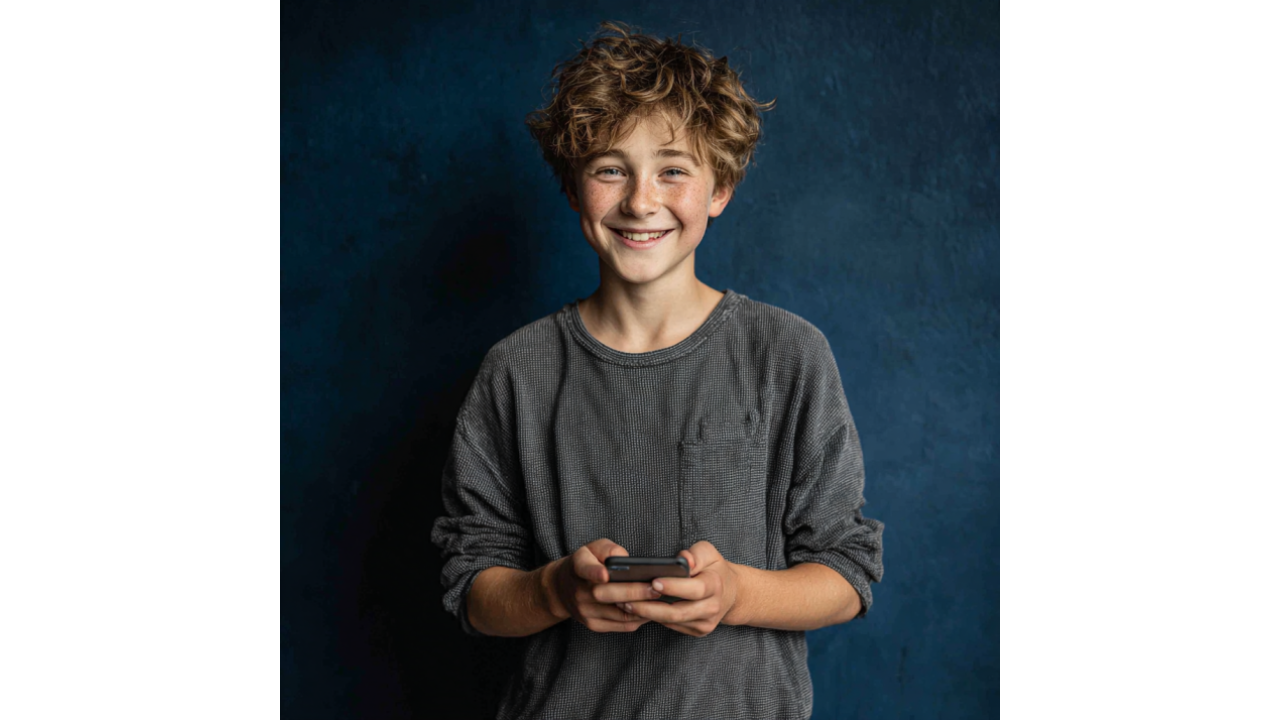Marketing Specialized Learning Approaches in Education Apps
Maria Rodriguez had a brilliant idea. Her educational app would bring authentic Montessori methods to digital learning—child-led exploration, sensory...
3 min read
 Writing Team
:
Nov 11, 2025 11:43:57 AM
Writing Team
:
Nov 11, 2025 11:43:57 AM

One of the most challenging dynamics in K-12 EdTech marketing is that the person writing the check isn't the person using your product. Parents control the purse strings, but students are the ones clicking through lessons, completing assignments, and ultimately determining whether your product delivers value. Get this wrong, and you'll have messaging that resonates with neither audience—or worse, alienates one while trying to appeal to the other.
This buyer-user split requires a fundamentally different approach than traditional B2C or B2B marketing. You're not just selling to one persona; you're orchestrating a conversation between two distinct audiences with different motivations, pain points, and decision criteria. Here's how to navigate this complexity effectively.
Your messaging can't just toggle between parent-focused and student-focused content—it needs to work for both audiences at the same time, or be strategically separated when they're evaluating your product independently.
For website copy and primary marketing materials, lead with parent concerns while embedding student benefits. Parents want to see improved grades, college readiness, and safe learning environments. Students want engaging experiences, easy-to-use interfaces, and content that doesn't feel like punishment.
Try framing like this: "Research-backed curriculum that actually keeps kids engaged" hits both audiences. The parent hears "research-backed curriculum" (credibility, results), while the student hears "actually keeps kids engaged" (this won't be boring). Product descriptions should follow a pattern: parent benefit first, student experience second. "Personalized math instruction that adapts to your child's learning pace, with game-based challenges that make practice feel like play."
When you can segment your audience—say, through different landing pages or email campaigns—use parent-centric messaging for decision-maker touchpoints and student-centric messaging for trial experiences or onboarding. But remember: students often influence the final decision by reporting back to parents about what they actually want to use.
Parents making purchasing decisions for products their kids will use face a unique anxiety: "What if my child hates this and it becomes another expensive mistake gathering digital dust?" This fear is especially acute because parents often lack the technical literacy to evaluate EdTech products themselves.
Build trust by offering transparent trial experiences where both parents and students can evaluate the product together. Make it easy for families to test your platform risk-free for 14-30 days. During this trial, provide different onboarding paths—one for parents that focuses on progress tracking and learning outcomes, another for students that emphasizes fun, exploration, and quick wins.
Your messaging should acknowledge this trust gap explicitly: "Try it together. See what your student thinks. Track their progress in real-time." This approach respects that parents are making a decision about something outside their direct experience while empowering students to have a voice in the selection process.
Also, leverage social proof from both audiences. Parent testimonials should focus on results and peace of mind: "My daughter went from struggling with fractions to asking for extra math practice." Student testimonials should emphasize enjoyment and voluntary engagement: "I actually look forward to my lessons now—it's like playing a game that makes me smarter."
Parents need to see that their investment is working. Students need to use your product without feeling watched or managed. This seemingly contradictory requirement is actually your product's competitive advantage if you design for it intentionally.
Create robust parent dashboards that provide clear, digestible insights into learning progress, time spent, and skill development—without overwhelming them with data. Use plain language: "Emma completed 8 lessons this week and improved her multiplication speed by 15%."
For students, the tracking mechanisms should be invisible or gamified. Progress bars, achievement badges, and level-ups feel like game mechanics, not surveillance. Students should experience your product as something they chose to use, not something they're being made to use.
Your most powerful marketing asset is a student who tells their parent, "I really want to keep using this." Design your product and messaging strategy to create these moments of organic advocacy.
Give students reasons to demonstrate value to their parents: celebratory emails sent to parents when students hit milestones, printable achievement certificates, or progress reports that students can proudly share. Make students feel like participants in their own success story, not passive recipients of educational software.
In your marketing, show families using your product together—not parents hovering over students, but students excitedly showing parents what they've learned. This positioning transforms your EdTech solution from a parental enforcement tool into a shared family investment in the student's growth.
Ready to refine your EdTech messaging strategy? Winsome Marketing specializes in complex buyer-user dynamics and audience segmentation for education technology companies. Let's create messaging that resonates with both parents and students. Contact us to learn more.

Maria Rodriguez had a brilliant idea. Her educational app would bring authentic Montessori methods to digital learning—child-led exploration, sensory...

Your competitor just launched a $5,000 scholarship program that generated 2,400 applications.

When Khan Academy discovered that students using their platform for just 30 minutes per week improved math proficiency by 19%, they didn't simply add...